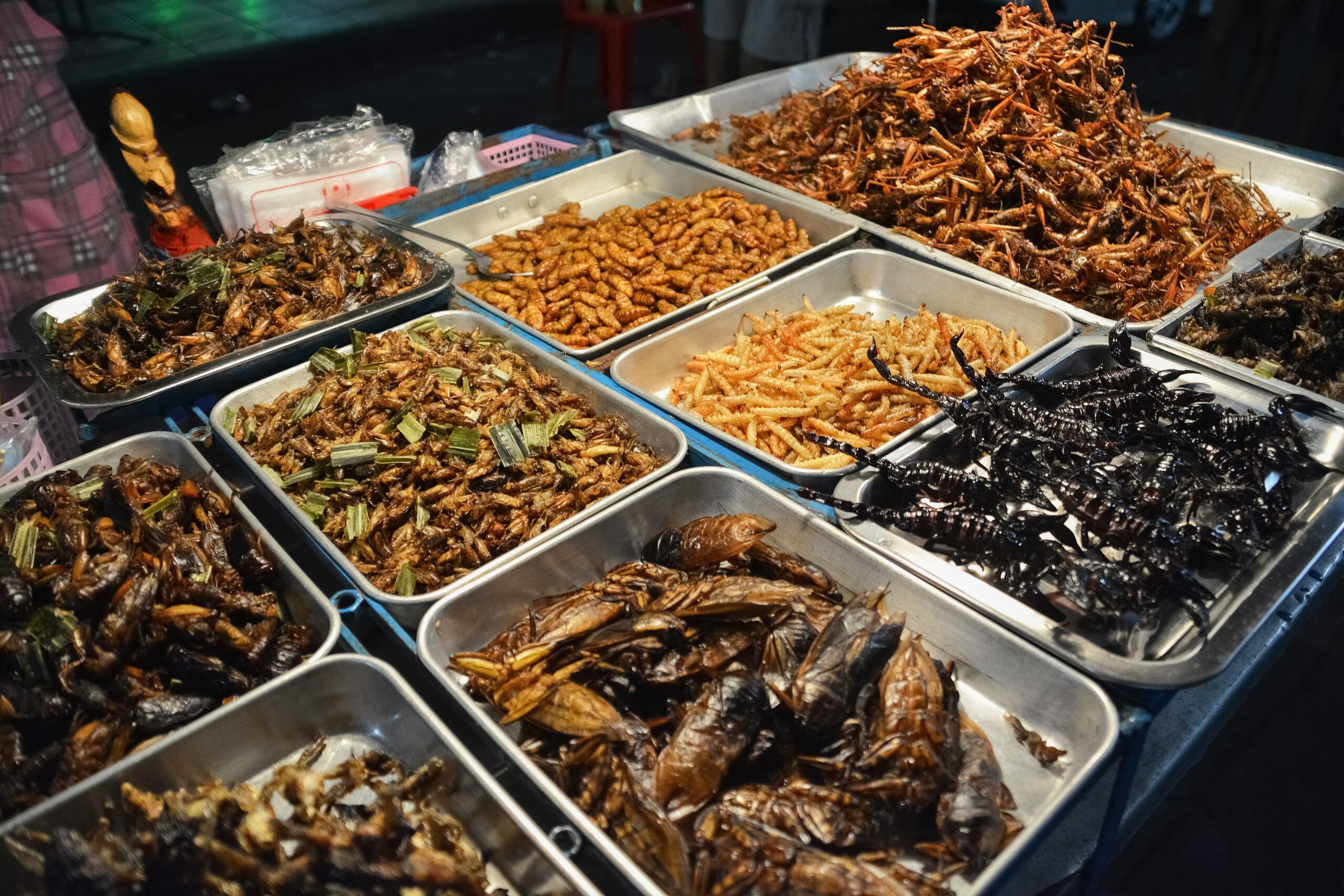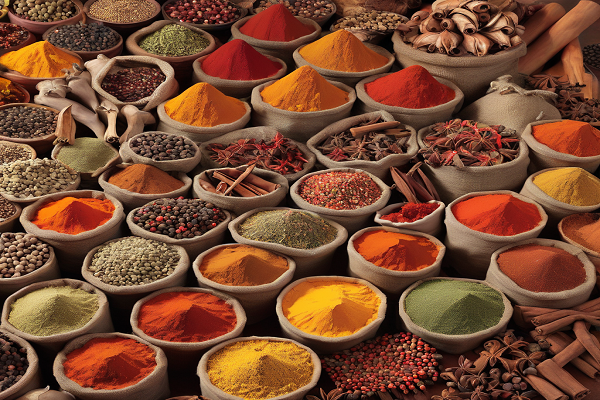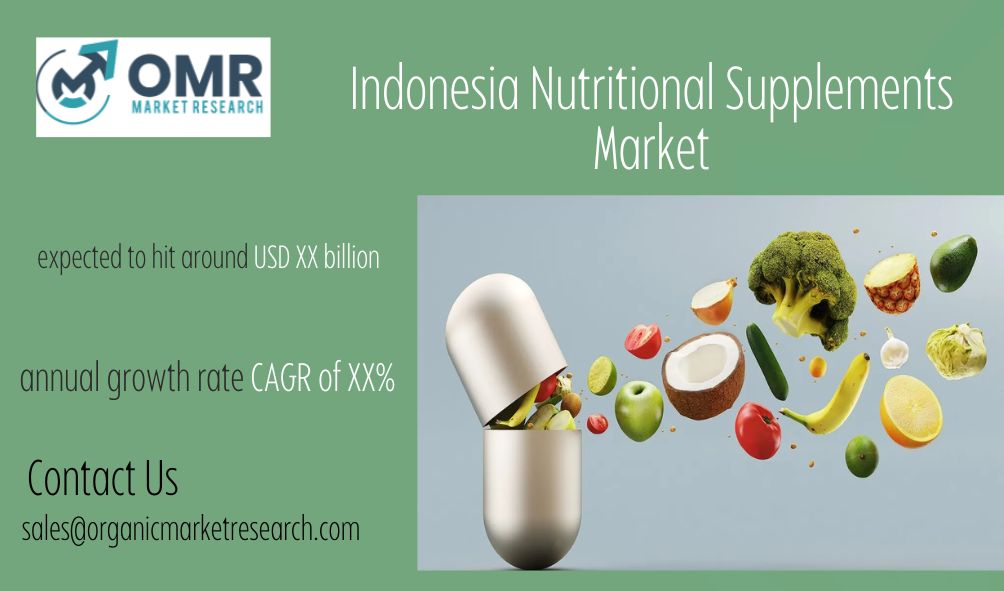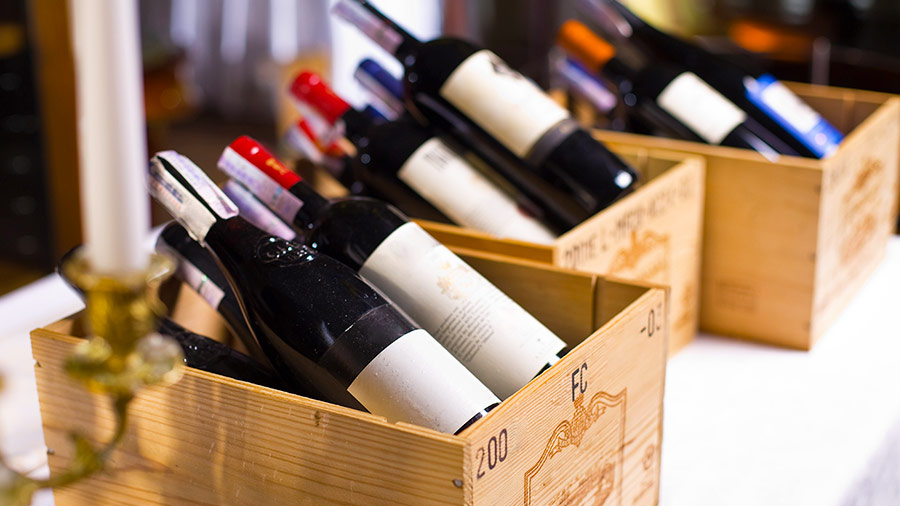India Wine market size was USD 194.3 Million in 2023 and the market is projected to touch USD 801.8 Million by 2032, at a CAGR of 17.01 % during the forecast period. The wine market in India reflects the changing tastes and lifestyles of its clients, particularly the urban population. India’s middle class is expanding, and with it is a growing inclination toward Western lifestyles and eating habits, which includes drinking wine. Wine is being incorporated into eating and social gatherings more and more, especially among younger professionals. The idea that wine is a more elegant and nutritious option than traditional drinks with alcohol like rum and whisky has an impact on this trend. Due to this shift in consumer behavior, the market is expanding and there is a notable demand for red, white, & sparkling wines, among other wine varietals.
The food and beverage (F&B) industry’s widespread adoption of the product is contributing to the market’s positive outlook. Wine is widely used to enhance the subtle flavors and highlight the richness of products. Moreover, the growing demand for the product among younger consumers as a result of the emerging trend of socializing at restaurants and bars is supporting the market’s growth. Millennials have significant spending power and are predicted to continue growing. In 2022, they made up over 40% of India’s working-age population and were among the generation with the highest pay earners. Since millennials are more open to trying new flavors and varieties than other consumer groups, wine and other alcoholic beverages are growing in popularity with this demographic. With millennials accounting for one-third of India’s population in 2022, local players have a big chance to expand their clientele and geographic scope. It is anticipated that during the projection period, millennials will also be crucial to the growth of the wine industry in India.
India Wine report scope and segmentation.
| Report Attribute | Details |
| Base Year | 2023 |
| Forecast Years | 2024 – 2032 |
| Estimated Market Value (2023) | USD 194.3 Million |
| Projected Market Value (2032) | USD 801.8 Million |
| Segments Covered | By Type, By Product, By Distribution Channel, & By Region. |
| Forecast Units | Value (USD Million or Million) |
| Quantitative Units | Revenue in USD million/Million and CAGR from 2024 to 2032. |
| Regions Covered | Northern India, Western India, Southern India, Eastern India, and Others. |
| State Covered | Jammu and Kashmir, Himachal Pradesh, Punjab, Maharashtra, Gujarat, Goa, Rajasthan, Karnataka, Kerela, Andhra Pradesh, Tamil Nadu, Telangana, West Bengal, Bihar, and, Odisha (Orissa) among. |
India Wine dynamics
The factors influencing the dynamics of the India Wine market include regulatory mandates, technological advancements, and increasing industrial safety awareness. The market is expanding due to the advent of organic wines, which reduce the use of pesticides in their preparation and harvest. Growers that employ sustainable farming practices can reap several health and environmental advantages, including increased antioxidant concentration, improved heart health, facilitated liver processing, and reduced carbon emissions. Accordingly, the market is expanding due to the growing demand for gluten-free alcoholic beverages brought on by a growing public health consciousness and an increase in the prevalence of celiac disease. Additionally, the introduction of novel flavored fortified wines and the growing desire for wine made with premium components are driving the market’s expansion. The industry is expanding due to a number of other factors, such as customers’ rising spending power, better lifestyles, and simple access to products across e-commerce platforms.
India Wine drivers
Increasing Disposable Income and Urbanization
The wine market is expanding due in large part to the increase in money to spend & the country’s fast urbanization. Consumers are prepared to spend more on high-end goods and experiences, such as expensive wines, when they have more discretionary income. A greater number of contemporary retail stores, wine bars, and fine dining establishments with a wide selection of wines are brought about by urbanization, making them more accessible to a wider range of people. Furthermore, Indian consumers’ perspectives have been expanded by exposure to international wine culture via travel, the media, and the internet, which has increased their acceptance of and demand for wine. The wine market is predicted to grow as more people relocate to cities and as their wages rise.
Government Initiatives and Support for Wine Industry
The fact that wine has the potential to boost tourism, agriculture, and economic growth, the Indian government has been supporting the country’s wine industry more and more. Policies that encourage viticulture and wine production have been put in place by a number of state governments. These policies include infrastructure support, tax incentives, and subsidies. For instance, states like Karnataka and Maharashtra have built wine parks and provided financial support to winemakers and grape producers. These programs support lower production costs, higher quality, and increased competitiveness for Indian wines. The exposure and appeal of Indian wines are also being increased by initiatives to promote wine tourism and host wine festivals, which are drawing both domestic and foreign visitors. The Indian wine market is growing, and this requires the cooperation of the government to create the right conditions.
- Restraints:
High Taxes and Regulatory Challenges
The expansion of the wine market in India is severely hampered by high taxes and strict regulations. Excise taxes, import tariffs, and license requirements are only a few of the state and federal laws that affect the alcohol business in India. In comparison to other alcoholic beverages like beer and spirits, wines are less affordable at retail due to these taxes and regulations. Additionally, wine producers and distributors may face logistical difficulties due to India’s complicated regulatory framework, which could impede the efficient supply chain and wine distribution. The business planning and investment decisions of the sector might be influenced by the uncertainty that frequently surrounds changes in tax laws and regulatory compliance.
Limited Infrastructure and Distribution Channels
The additional hurdle facing the Indian wine sector is the absence of suitable distribution channels and infrastructure. The majority of India’s wine production is located in a few areas, such as Maharashtra, Karnataka, and Himachal Pradesh, where there is a stronger infrastructure for viticulture and winemaking. In other regions of the nation, there is, however, less infrastructure available for growing grapes, producing wine, and having enough storage space. The wine market’s ability to reach a wider range of Indian consumers is restricted by this geographic specialization. The distribution of wines also has to contend with issues including erratic logistics, ineffective cold chain management, and a dearth of retail locations carrying a wide variety of wines. This limits consumers’ access to a large variety of wines in many places, which has an impact on market penetration and consumption levels.
- Opportunities
Rising Wine Tourism and Experiential Consumption
In India, wine tourism and experiential drinking are becoming more and more popular due to the growing popularity of both domestic and international travel. Travelers looking for unusual and cultural experiences are increasingly drawn to wine tourism, which include touring vineyards and wineries and partaking in wine tasting events. Vineyards and wine tourism are becoming more and more popular in places like the Nandi Hills of Karnataka and Nashik in Maharashtra. In addition to strengthening local economies, wine tourism raises tourists’ awareness of and enthusiasm for Indian wines on a national and international level. By creating tourist-friendly facilities, planning events, and providing educational tours to draw guests and promote their wine brands, wineries and hospitality providers can profit from this trend.
- Segment Overview
By Type, The India Wine market is segmented into Domestic, Imported. The domestic segment will experience a significant increase in market share over the duration of the projected period. Indian consumers are showing an increasing desire for high-end wine brands. The increasing demand for quality wine has led to a growth in the launch of new products in recent years. The nation’s wine industry has profited from customers’ increasing desire for complex, unusual, and velvety flavors. The increasing use of wine in various cooking recipes, such as those for poultry and meat for preservation purposes, along with the rising demand for foreign cuisine, are the main drivers of wine consumption in India. As living conditions rise, people are gradually moving away from rice and vegetables and toward more varied diets including fish, poultry, and veggies. Consequently, over the projection period, this will increase demand for and consumption of cooking liquor goods, such as cooking wine.
By Product, The India Wine market is segmented into Red Wine, White Wine, Sparkling Wine, Fortified wine. Red wine is made by fermenting dark grapes; the color of the finished product varies based on the grape’s acidity. The process of extracting color and flavor from the grape skin gives red wine its distinctive characteristics. Nonetheless, the market faces challenges including adulteration and counterfeiting, which harm brands’ reputations and result in losses. Although COVID-19 had an effect on wine sales in 2020, it is anticipated that when retail channels reopen in 2021, the Indian red wine market would increase rapidly. The Indian market for fortified wine is expanding due to a number of causes, including the growing desire for sweeter and more flavored options, accessibility and affordability, cultural and societal considerations, vendor diversity of product offerings, and rising wine knowledge and education. The significance of fortified wine in the developing Indian wine market is influenced by these variables.
India Wine Overview by Region
In the Indian wine market, there are noticeable regional variations in both wine production and consumption. Maharashtra is the most significant wine-producing region, with the Nashik district in particular being referred to as the “Wine Capital of India.” This region is home to significant vineyards like Sula Vineyards, Grover Zampa, and York Winery. Pune and Mumbai are wealthy cities with high rates of wine drinking because of their exposure to international lifestyles and affluent inhabitants. Karnataka stands out in Southern India with its notable wine-producing locations like Nandi Hills and Bijapur, which are home to renowned wineries such Grover Zampa Vineyards and KRSMA Estates. Bangalore’s multiculturalism makes it a significant wine-drinking market. Wine consumers in Northern India congregate primarily in the Delhi NCR region, which benefits from government measures that lower wine excise duties. Wine sales are further boosted by the region’s fancy eating establishments and wealthy populace. Goa, which is well-known for its relaxed alcohol laws and exciting nightlife, has a high wine consumption rate that is fueled by both domestic and foreign visitors. The burgeoning middle class and growing impact of Western culture in Kolkata, Eastern India, are driving growth in the wine sector, as evidenced by the increasing number of wine festivals and tasting events being held there.
India Wine market competitive landscape
Leading companies such as Big Banyan Wines, Century Wines Pvt. Ltd., Charosa Wineries Ltd., John Distilleries Pvt. Ltd., Deccan Plateau Vineyards Pvt Ltd., Fratelli Wines Pvt. Ltd., Vallonne Vineyards Pvt. Ltd., York Winery Pvt Ltd., LVMH Moet Hennessy Louis Vuitton SE, Sula Vineyards Ltd., Nira Valley Grape Wines Ltd., and Grover Zampa Vineyards Ltd. The competitive environment of the Indian wine market is characterized by a combination of expanding international presence and powerful home manufacturers. The competitive environment of the Indian wine market is characterized by a combination of expanding international presence and powerful home manufacturers. Leading the market is Sula Vineyards, which is well-known for having a wide selection of products that appeal to different price points, from premium to mid-range, and include well-known brands like Sula, RASA, and Dindori Reserve.
The competition is heightened by the rise in boutique vineyards and the growing appeal of wine tourism in places like Bangalore and Nashik. To increase their market share, businesses are spending money on marketing, growing their networks of distribution, and improving the experiences of customers by hosting wine festivals and vineyard tours. The Indian wine market’s competitive dynamics are further fueled by the changing consumer tastes for premium and diverse wine selections.
India Wine report segmentation
| ATTRIBUTE | DETAILS |
| By Type | DomesticImported |
| By Product | Red WineWhite WineSparkling WineFortified wine |
| By Distribution Channel | Off-TradeOn-Trade |
| Customization Scope | Available upon request |
| Pricing | Available upon request |
Contact Us:
Mob : +91 9319642100
Noida One Tower Sec 62 Noida 201301
Website : https://www.dvmarketresearch.com












